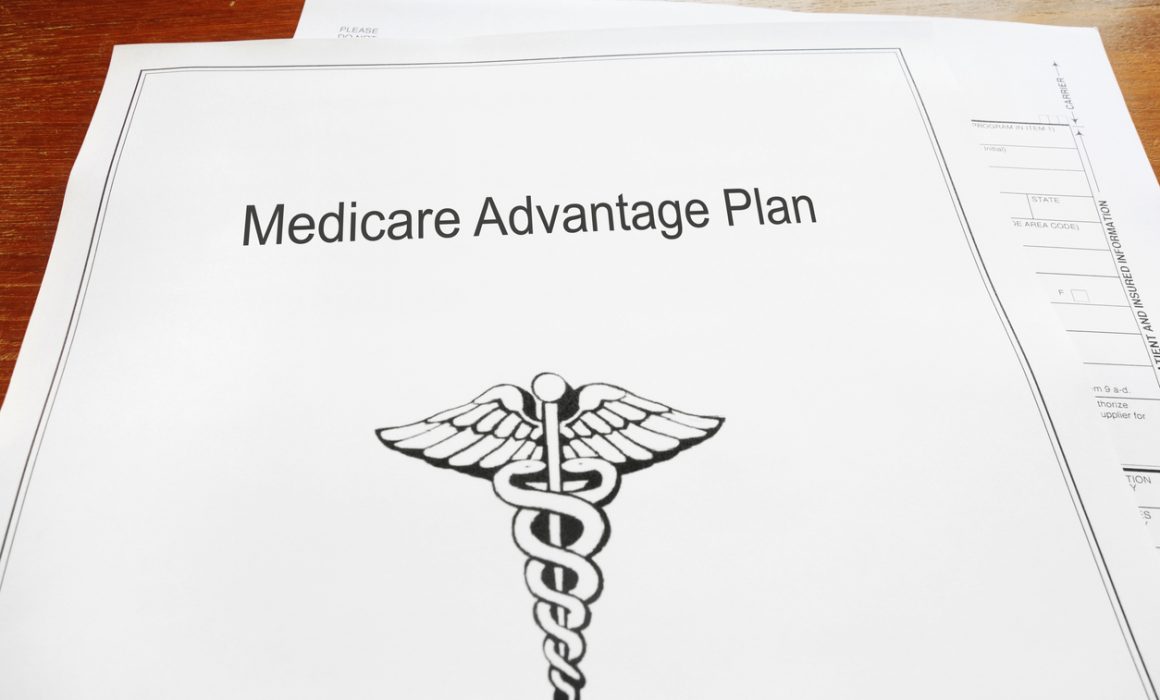Pandemic Clouds Health Insurance Cost Predictions
With large employers expecting health insurance rates to climb 5.3% in 2021, they are concerned about how the COVID-19 pandemic will affect overall health care costs in the coming years, a new survey has found.
Those expectations gleaned from the survey by the National Business Group on Health would mean average premiums and out-of-pocket spending could reach $15,500 per worker. The expected increase is on par with the average 5% annual increase that large employers have projected in the last five years.
Employers have been using different strategies to tame those costs, most notably pushing more telemedicine for their workers, a trend that has increased during the pandemic.
Additionally, employers have increased their investments in employee health and well-being programs, a trend that was largely spurred by the pandemic and employers’ understanding that their business performance is linked to the health of their workers.
The numbers going into 2021 are squishy because there has been a significant drop-off in the use of medical services in 2020 due to the pandemic. Many people have delayed non-urgent care to avoid the risk of being infected with COVID-19 if they go to the hospital.
Other people with serious conditions have also unwisely decided to forgo care out of fear of getting sick from the coronavirus.
Health care experts are not sure if that means there will be an uptick in utilization in 2021 and think the 5.3% estimate increase in costs will pan out if people continue to put off care, Conversely, if care resumes in 2021, the projected trend may prove to be too low.
Here’s what large employers are expecting:
- Average total health care spending on premiums and out-of-pocket costs will reach $15,500 per worker in 2021, up from $14,769 this year.
- Large employers will cover nearly 70% of costs (premiums), while employees bear the rest. That would mean the average outlay per employee would be $10,850 for the employer and $4,650 for the employee.
Trends
Employers are continuing to address health care costs by focusing on new areas that can improve health outcomes for their workers. The trends that large employers predict would continue in 2021 are:
Continued move towards telehealth services — The use of telemedicine has exploded during the COVID-19 pandemic. Among the survey respondents:
- 76% have made changes to provide better access to telehealth services.
- 71% have boosted the types of telehealth services they offer, such as adding health coaching and emotional well-being support.
- 80% expect virtual health will play a significant role in how care is delivered in the future. That’s compared with just 64% last year and 52% in 2018.
- 52% will offer more virtual care options next year.
- Nearly all will offer telehealth services for minor, acute services.
- 91% will offer online counseling or therapy.
- 29% may start offering virtual care for musculoskeletal issues, like physical therapy for back and joint pain.
Boosting wellness and mental health services — As many as 88% of respondents said they would provide access to online mental health support resources, such as apps, videos and articles. The survey also found that:
- 54% are lowering or waiving costs for virtual mental health services in 2021.
- 27% will reduce the cost of counseling services at the worksite.
Focusing on primary care — More employers are looking at advanced primary care strategies to reduce costs, with 51% saying they will have one at least one such strategy in place for 2021.
This would include contracting directly with primary care providers who can improve the delivery of preventive services, chronic-disease management, mental health and whole-person care.
Addressing high-cost drug therapies — Two-thirds of respondents said they were very concerned with the cost of new million-dollar treatments, just one of which can blow up their health cost budget.





